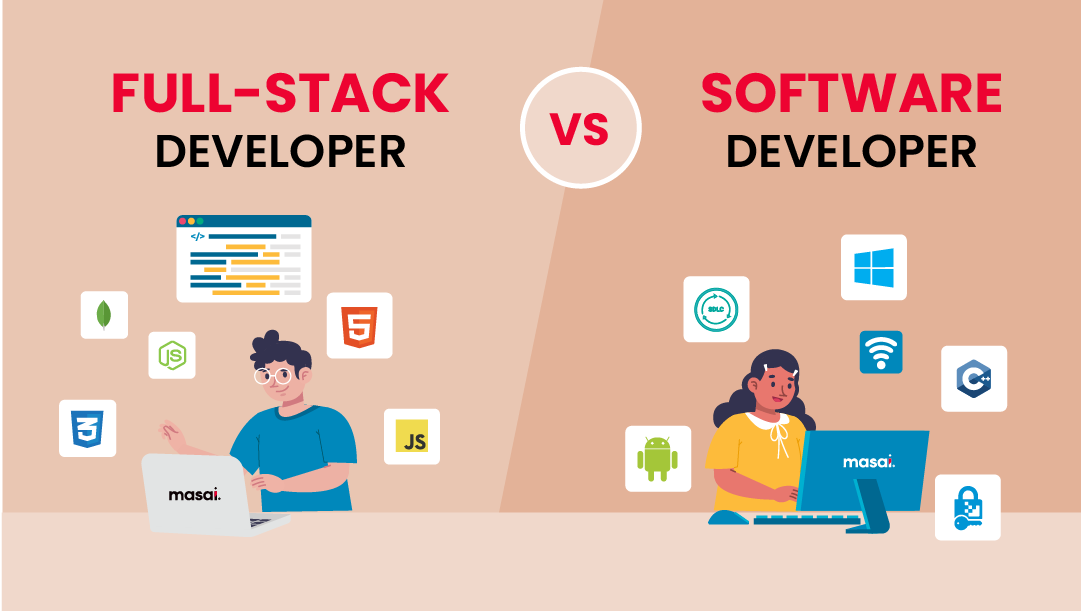Structure Success with a Dedicated Development Team for Your Service Requirements
Structure Success with a Dedicated Development Team for Your Service Requirements
Blog Article
Committed Developers vs. In-House Teams: Which Is Right for You?
The choice in between utilizing devoted programmers and preserving an internal team is a significant one that can affect the trajectory of your projects and total service method. On the other hand, in-house teams contribute to a natural company society and a nuanced understanding of long-term goals.
Recognizing Devoted Developers
The expanding demand for specialized abilities in the technology market has actually caused the development of dedicated programmers as a feasible service for many companies. These professionals are commonly acquired on a project basis, enabling companies to utilize particular proficiency without the long-lasting commitment connected with full time hires. Dedicated developers are often embedded within a client's team, giving versatility and scalability to meet task requirements.
This version allows organizations to access an international ability pool, which is especially advantageous in a rapidly progressing technical landscape. Dedicated designers can be sourced from various geographical places, making sure that companies can locate the best capability at competitive prices. They usually bring a riches of experience and knowledge, having worked with diverse jobs throughout different markets.
Moreover, committed developers can focus exclusively on the tasks available, improving performance and performance. They are outfitted to incorporate seamlessly into existing workflows, collaborating carefully with in-house teams to achieve project objectives. This approach not only reduces the problem of employment and training however likewise enables organizations to remain agile, adapting quickly to changing market needs and technical innovations.
Benefits of In-House Teams

Additionally, internal teams often tend to have a deeper understanding of the business's goal, worths, and goals. This placement can enhance worker engagement and motivation, as staff member feel a lot more connected to their work and the company's success. In addition, having a specialized internal team enables far better alignment of techniques and purposes, as these members are constantly concentrated on the company's concerns.
Internal groups likewise promote quicker decision-making processes, as they can react more swiftly to modifications and challenges. The established connections and experience with firm procedures allow for structured operations and reduced miscommunication. Ultimately, the mix of a natural culture, positioning with business goals, and reliable interaction makes internal groups a useful possession for lots of companies, particularly those seeking to grow long-lasting development and advancement.
Price Considerations
When evaluating cost considerations, both committed designers and internal teams present unique financial effects for organizations. Involving dedicated designers generally includes a pay-per-project or hourly rate version, which you can look here can be economical for businesses with rising and fall job needs. This approach allows for flexibility in scaling sources up or down, making certain that firms just pay for the services they require.
On the other hand, internal teams entail fixed costs, including wages, advantages, and overhead expenditures such as office and equipment. While this version provides better control and prompt schedule of resources, it might lead to higher long-lasting costs, particularly if the workload does not justify a permanent personnel.
Moreover, business need to take into consideration the concealed costs related to recruitment and training of internal employees, which can even more stress budgets. Sometimes, the moment and sources spent on taking care of an in-house group can take away from the organization's core organization objectives.

Project Management and Adaptability
Job administration and flexibility are vital aspects that influence the choice in between dedicated developers and in-house teams. Committed programmers commonly supply a high level of versatility, allowing companies to scale resources up or down based upon job demands. This dexterity can be especially beneficial for organizations experiencing rising and fall workloads or those looking for to introduce rapidly. Committed teams frequently have actually established procedures for managing tasks successfully, leveraging particular methodologies like Agile or Scrum, which help with repetitive progress and adaptability.

Inevitably, the selection between internal groups and devoted developers pivots on the preferred level of adaptability and the particular project monitoring demands. Companies must review their functional characteristics, job complexity, and source availability to establish which choice straightens finest with their strategic goals.
Making the Right Choice
Choosing the appropriate development approach-- devoted programmers or in-house teams-- calls for a mindful analysis of numerous variables that align with a company's tactical goals. Conversely, in-house teams can find more information provide better continuity and integration with existing personnel.
Next, evaluate your budget. Dedicated programmers often present a cost-efficient remedy for temporary jobs, while in-house groups may sustain greater lasting costs because of incomes, benefits, and overhead prices. Analyze the degree of control and partnership preferred; in-house groups typically cultivate more powerful communication and alignment with company society.
If prompt results are essential, devoted developers can be onboarded swiftly, whereas building an internal group takes time for recruitment and training. If continual development is crucial, spending in an in-house group might yield better returns over time.
Verdict
In verdict, the decision between dedicated programmers and internal teams pivots on project needs and business objectives. Alternatively, internal teams grow a cohesive society and deeper placement with long-lasting goals.
The choice between making use of specialized developers and keeping an in-house group is a considerable one that can affect the trajectory of your jobs and total company technique.Task monitoring and adaptability are important aspects that influence the option in between committed designers and internal teams. software development partner.In comparison, in-house groups might excel in preserving a regular project monitoring framework due to their experience with the company's society and long-term goals. Committed programmers commonly offer an economical remedy for short-term jobs, while internal groups might incur higher long-lasting expenditures due to salaries, advantages, and expenses prices.In verdict, the choice between in-house teams and devoted designers pivots on task needs and business objectives
Report this page